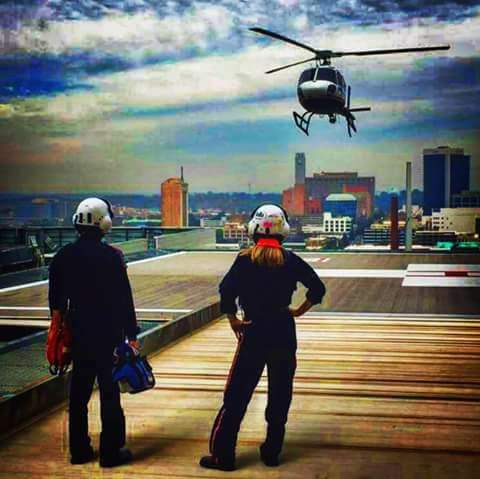"Then captains courageous, whom death could not daunt..."
AMRM Training Solutions was chosen for a presentation on Air Medical Resource Management at Northwest MedStar's (NWM) recent safety-day symposium in Spokane, Washington.
The first plan was for a two-hour AMRM session, then as the situation developed, this was reduced to one hour. I wondered at the change of plans, but - if the customer wants it, and is paying for it - I will make it work, and work well.
This is AMRM Training Solutions after all...
The change in speaking arrangements occurred as a result of a friendship that developed between a NWM leadership team-member and a United States Navy, "Naval Special Warfare" Captain
(O-6) retired.
(O-6) retired.
A SEAL.
The NWM team-leader is himself a retired Navy diver, and medic, and these two men have a shared bond of service. It is only natural that such an example of leadership and dedication as a career SEAL commander would be invited to speak to a high-speed organization - like Northwest MedStar. As it turned out they got not one SEAL, but two!
I arrived in Spokane the day prior to the symposium, and was treated to a fine evening of good food and camaraderie at Spokane's exclusive Davenport Hotel. I got to share experiences and memories of military service with the other speakers, and also members of the NWM leadership team - many of whom have a military background.
 |
| Another life, with another great team... |
It is always a pleasure to rub shoulders with American military professionals. And good for the soul.
I imagine you are familiar with the Navy's elite special operators, The SEALs. Did you also know about the Special Warfare Combatant Craft crewmen? (prounounced "Swicks")
They too make waves. Indeed, the Naval Special Warfare team is comprised of thousands of folks, some of whom fly (and parachute, and swim, and patrol), and some of whom support operations from a quiet dark room with monitors and computers. Some fly, some shoot, some support. All are special.
Does this resonate?
Yes, it made perfect sense to invite two SEALs to speak to a team of incredibly motivated, highly trained, dedicated and determined healthcare professionals. And it was an inspiring hour, listening to Captains Dave and Rob talk about becoming a SEAL, and what happens after. One bit that went straight to heart was Dave's discussion of "earning your Trident every day."
Their overall message was: "Good leadership and good teamwork equal good safety."
Dave and Rob are retired from military service now, like me, and every day they wake up determined to earn the Trident that they were awarded all those years ago. Rob and Dave are ambassadors for the United States Navy, and for the SEALs, They know people are looking at them all the time, forming opinions of the organizations they represent from what they as individuals do.
It's like that with us, we who operate, work in, and support EMS helicopters. We are HEMS. Every day. On duty and off.
Our seal of honor is the set of wings we wear on our chest.
If you are interested in learning more about Captain Robert Monroe and Captain David Pittelkow; and the various services they offer to industry - including risk mitigation/security consultation and training, and team-building/motivational speaking contact them at
rmonro870@att.net
david.pittelkow@gmail.com
These two gentlemen created a safety-symposium experience for Northwest MedStar that made a real impact on this retired soldier-pilot and AMRM instructor. They will visit your flight program and do the same for you!
 |
| Rob, Dan, and Dave. Traditions of service... |





